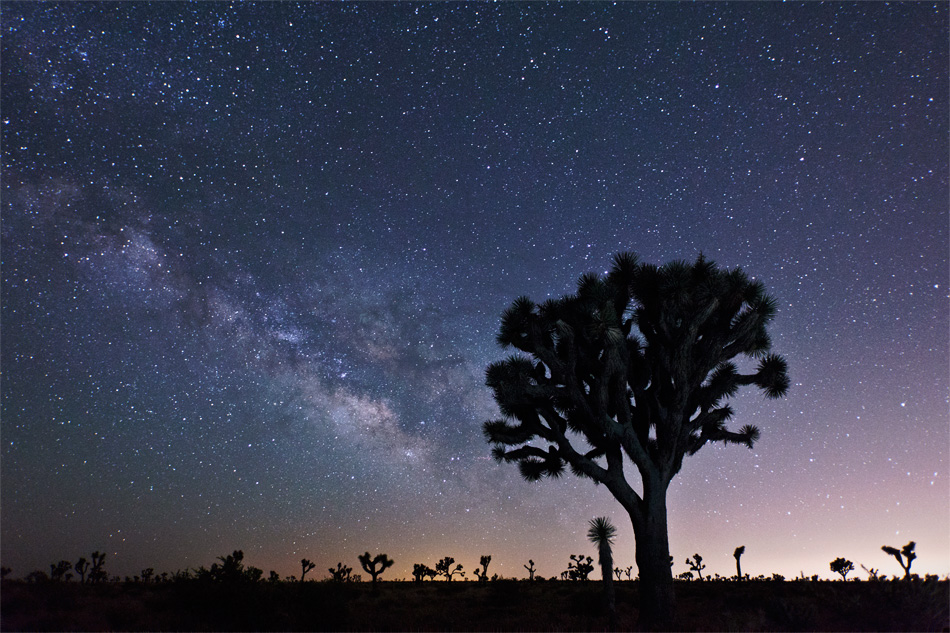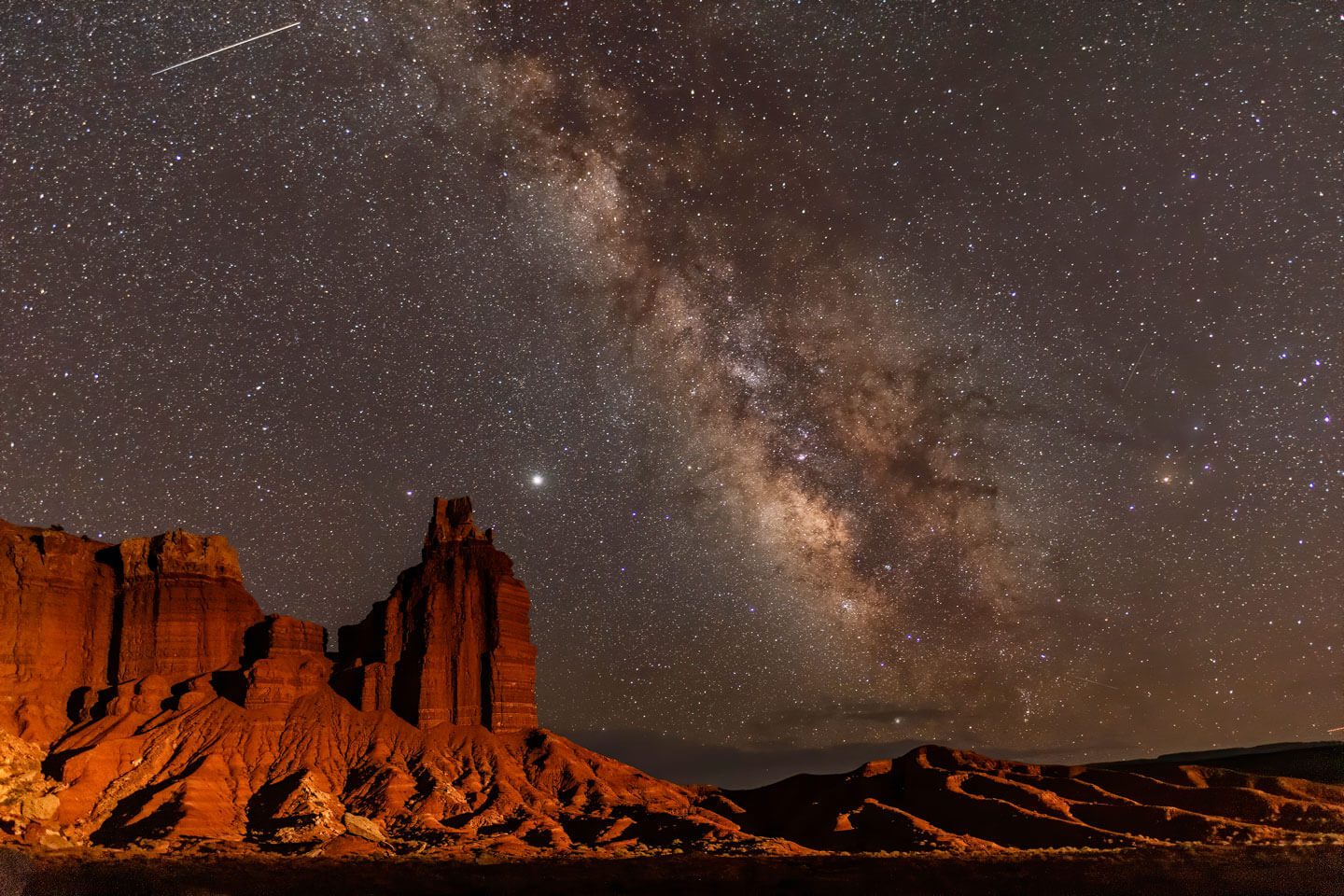

Taken with the Hubble Space Telescope.ĭuring the 70's astronomers realized that the core of our own Galaxy (the Milky Way) has also had a history of recurrent outbursts, that at periodic intervals it enters an active phase in which its rate of cosmic ray emission rises many orders of magnitude. Image showing the luminous quasar-like core of spiral galaxy PG 0052+25. Kennicutt (University of Arizona) and the SINGS Team)įigure 2. Image of Seyfert Galaxy NGC 1566, a spiral galaxy whose luminous core is intensely emitting cosmic ray radiation. One example is the spiral galaxy PG 0052+251 (Figure 2) whose active, quasar-like core is radiating 7 times as much energy as comes from all of the galaxy's stars.įigure 1. Their core emission being so strong as to greatly exceed the stellar emission from the galaxy's disc, causing the galaxy to have a star-like or quasi-stellar appearance. The galaxies undergoing these more intense outbursts are sometimes designated as quasars. In some galaxies these active emissions have been observed to equal the energy from billions of supernova explosions. One example is Seyfert galaxy NGC 1566 (Figure 1). A survey has shown that roughly 15% - 20% of all spiral galaxies are currently seen in their active core explosion phase during which they exhibit Seyfert-like characteristics. The cosmic ray electron component of such an outburst is always accompanied by synchroton emission which consists of electromagnetic radiation ranging from radio wave frequencies on up to X ray and gamma ray frequencies. During the early 60's astronomers began to realize that the massive object that forms the core of a spiral or giant elliptical galaxy periodically becomes active spewing out a fierce barrage of cosmic rays with a total energy output equal to hundreds of thousands of supernova explosions (1, 2).

Galactic core outbursts are the most energetic phenomenon taking place in the universe. Rueda, R.Pages: 1 2 3 4 5 6 7 Galactic Cosmic Ray Volleys: read on Astronomy&Astrophysics website the paper Geodesic motion of S2 and G2 as a test of the fermionic dark matter nature of our Galactic core by E.
Galactic core full#

These results are presented in the new article appearing on 9 September 2020, in Astronomy & Astrophysics, co-authored by E.A. New perspectives are open 1) to the understanding of the predominance of dark matter in our Galaxy and in the large scale of the Universe, 2) to formulate a new paradigm for identifying the seed for the formation of ten-billion-solar-masses black holes in active galactic nuclei, and 3) to address the fundamental physics of the darkinos which, together with the neutrinos, appear to have a fundamental role in accounting for a large portion of the Universe mass-energy. This heralds a fermionic dark matter dense core interpretation of the nature of Sgr A*, traditionally interpreted as a black hole.Ī new neutral fermion of 56 keV, a dark matter “ino”, for short a “darkino”, is basic to this alternative approach.
Galactic core verification#
The multi-year, high-quality data recording the motion of the closest objects around the compact source at the Galactic center, Sgr A*, led to the verification of the predicted gravitational redshift, to the anomalous precession of S2, as well as to the anomalous fly-by of G2. The anomalous perihelion precession of Mercury around our Sun led to the greatest change of paradigm of physics thanks to the conception of General Relativity by Albert Einstein.


 0 kommentar(er)
0 kommentar(er)
